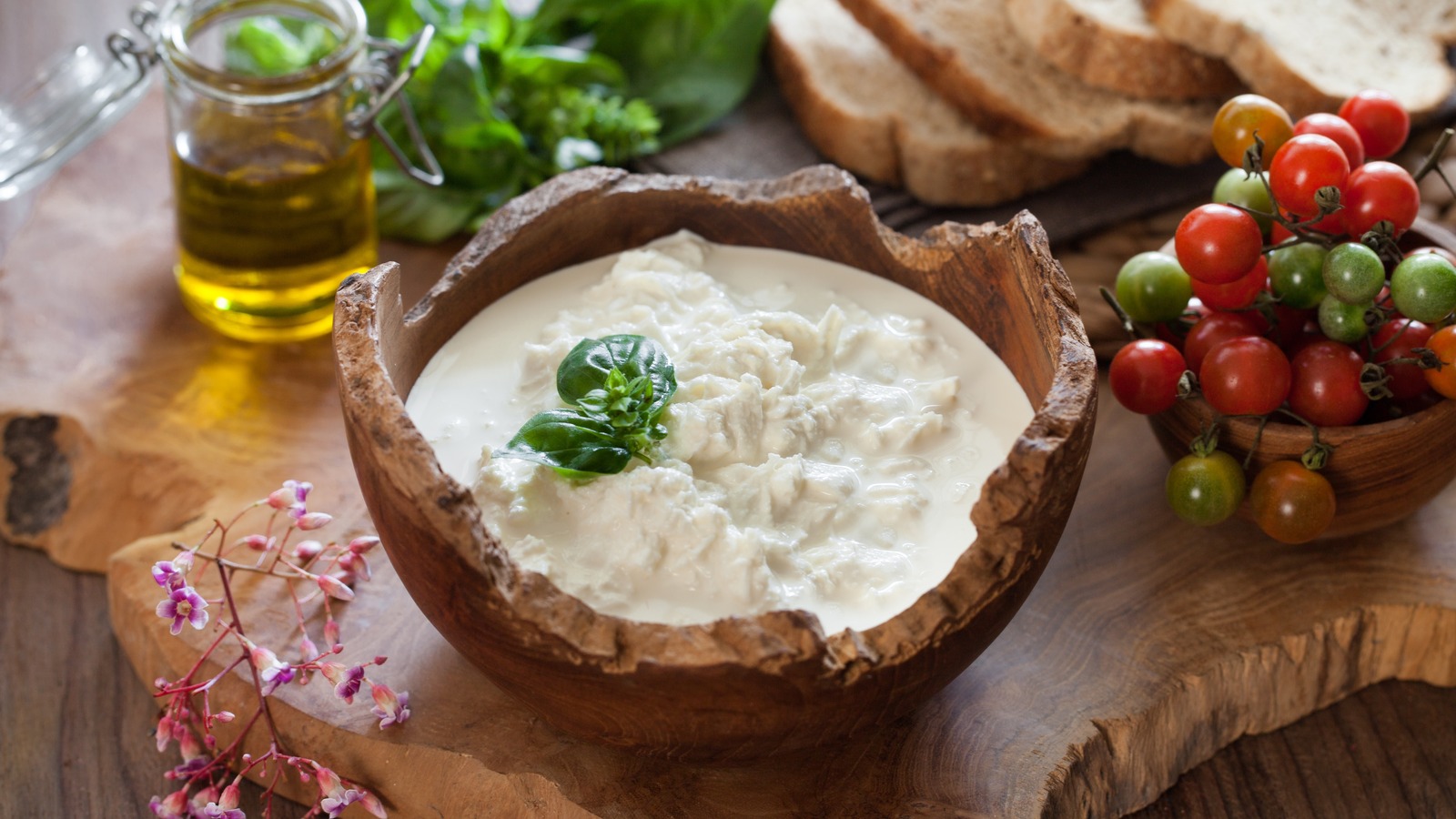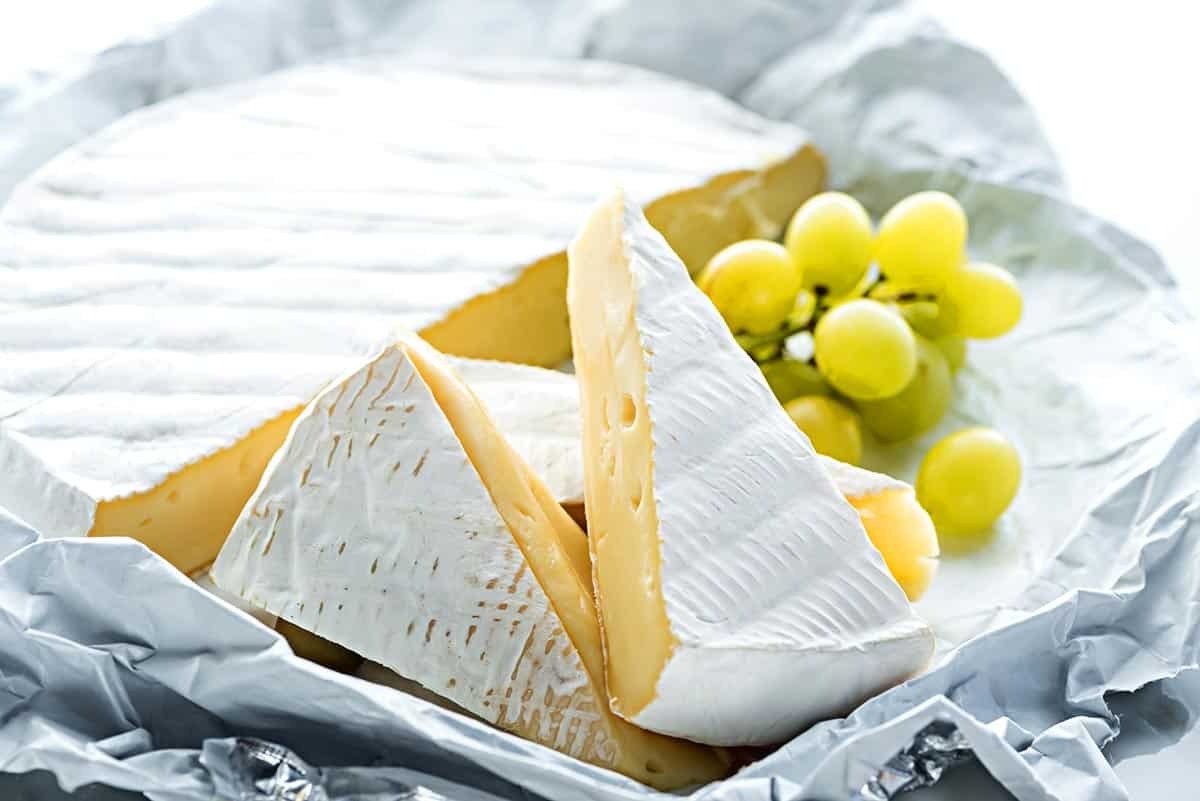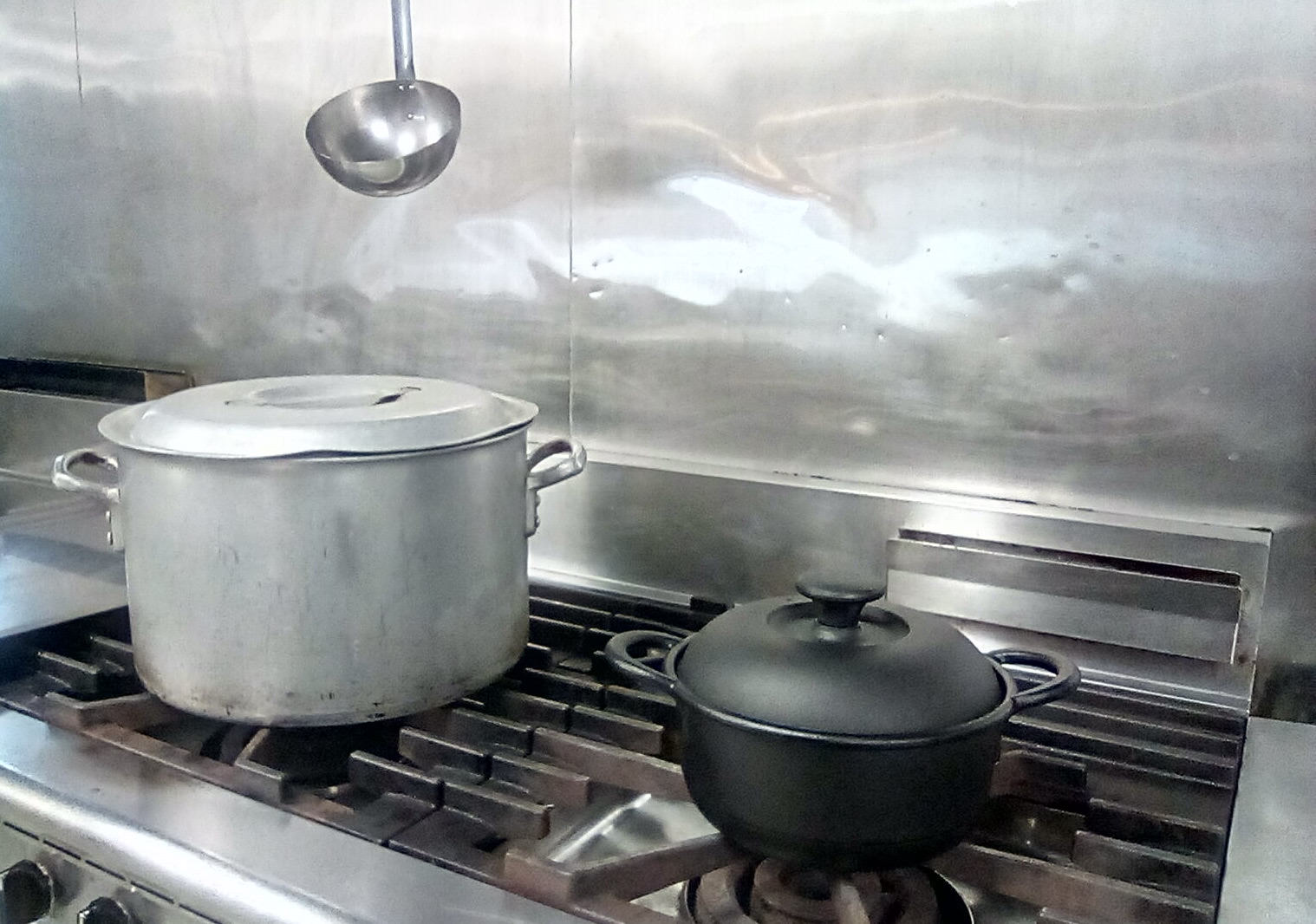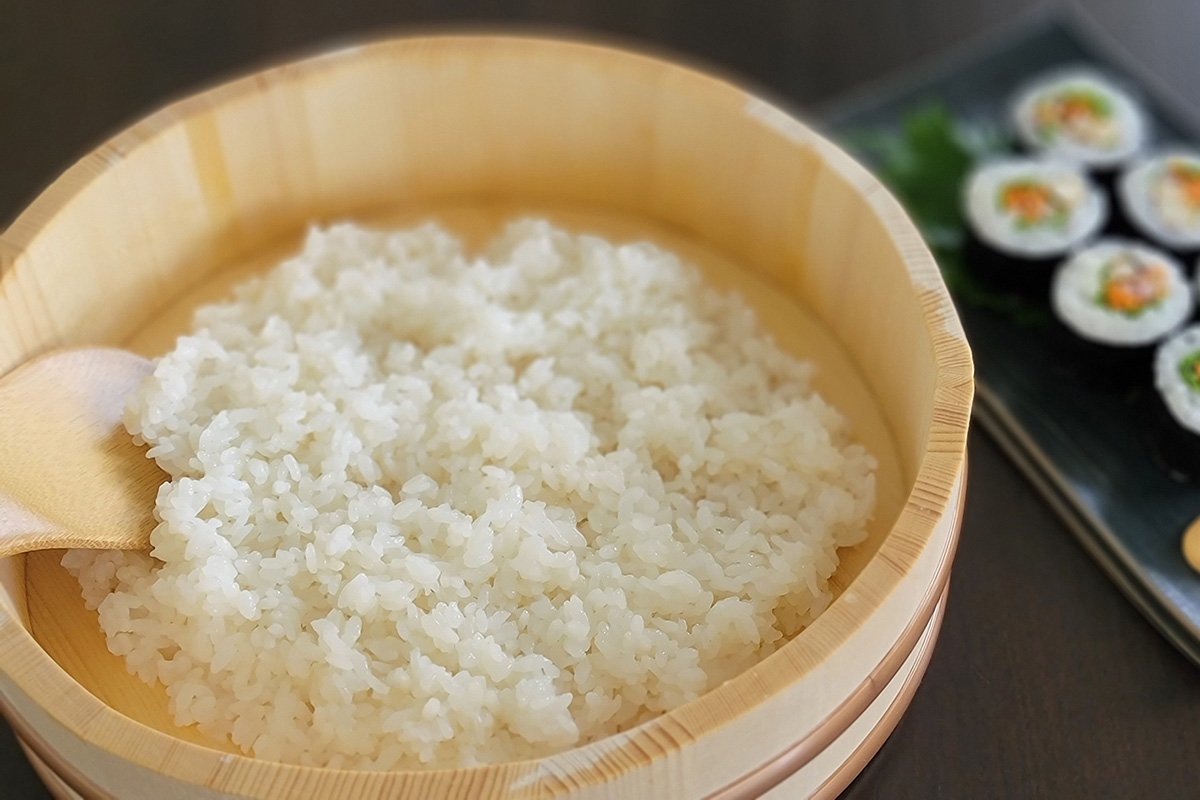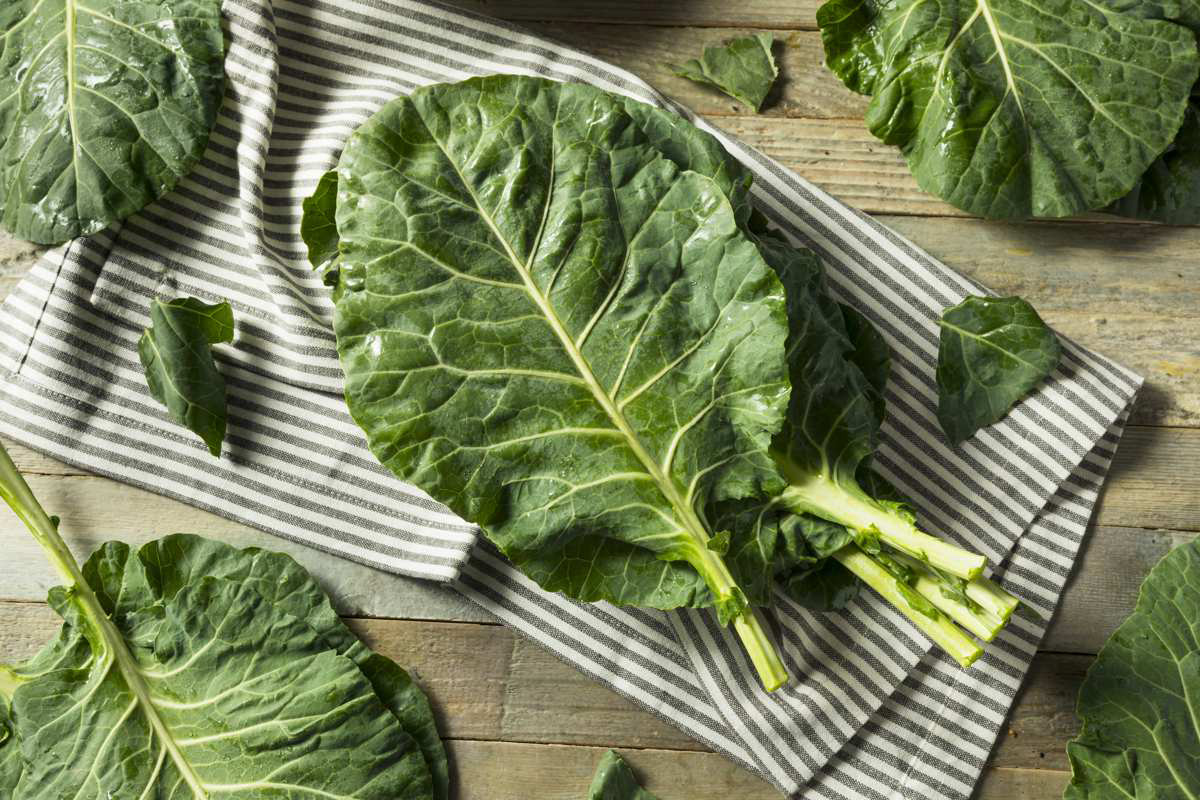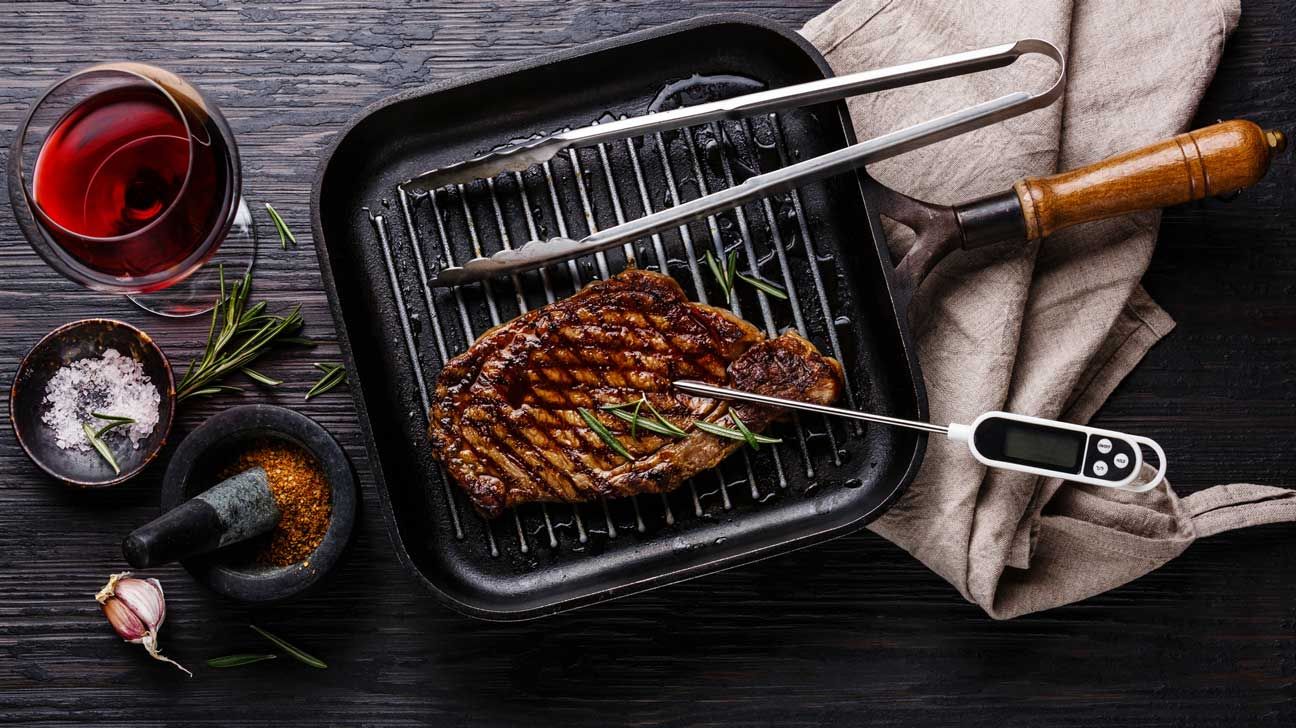The Difference Between Clarified Butter and Ghee
When it comes to cooking, two popular ingredients that often get confused are clarified butter and ghee. While they may seem similar, there are some key differences between the two. Let’s take a closer look at what sets them apart.
Clarified Butter
Clarified butter is made by heating butter to separate the milk solids and water from the pure butterfat. This process involves simmering the butter until the water evaporates and the milk solids separate and can be removed. The result is a clear, golden liquid with a rich, nutty flavor.
Key characteristics of clarified butter:
- High smoke point
- Rich, nutty flavor
- Clear, golden color
Ghee
Ghee, on the other hand, is a type of clarified butter that is simmered longer to bring out a nutty flavor and to caramelize the milk solids. This gives ghee a slightly nuttier taste and a deeper color than regular clarified butter.
Key characteristics of ghee:
- Rich, nutty flavor
- Deeper color than clarified butter
- Longer shelf life
Key Differences
While both clarified butter and ghee are forms of clarified butter, the main differences lie in their flavor, color, and shelf life. Clarified butter has a lighter color and a milder flavor compared to ghee. Ghee, with its longer cooking process, has a deeper color and a more pronounced nutty taste.
Another key difference is the shelf life. Due to the removal of milk solids and water, both clarified butter and ghee have a longer shelf life than regular butter. However, ghee, with its caramelized milk solids, has an even longer shelf life than clarified butter, making it a popular choice for preservation in warmer climates.
Uses in Cooking
Both clarified butter and ghee are prized for their high smoke points, which makes them ideal for cooking at high temperatures without burning. They are commonly used in Indian and Middle Eastern cuisines for sautéing, frying, and as a flavorful addition to dishes.
In summary, while both clarified butter and ghee are forms of butter that have been purified to remove water and milk solids, ghee undergoes a longer cooking process, resulting in a deeper color and nuttier flavor. Understanding the differences between the two can help you choose the right ingredient for your culinary creations.
Whether you’re looking for a milder flavor and lighter color (clarified butter) or a richer, nuttier taste and longer shelf life (ghee), both of these ingredients can add a delicious touch to your cooking.
Was this page helpful?
Read Next: What Is Crawfish Etouffee
